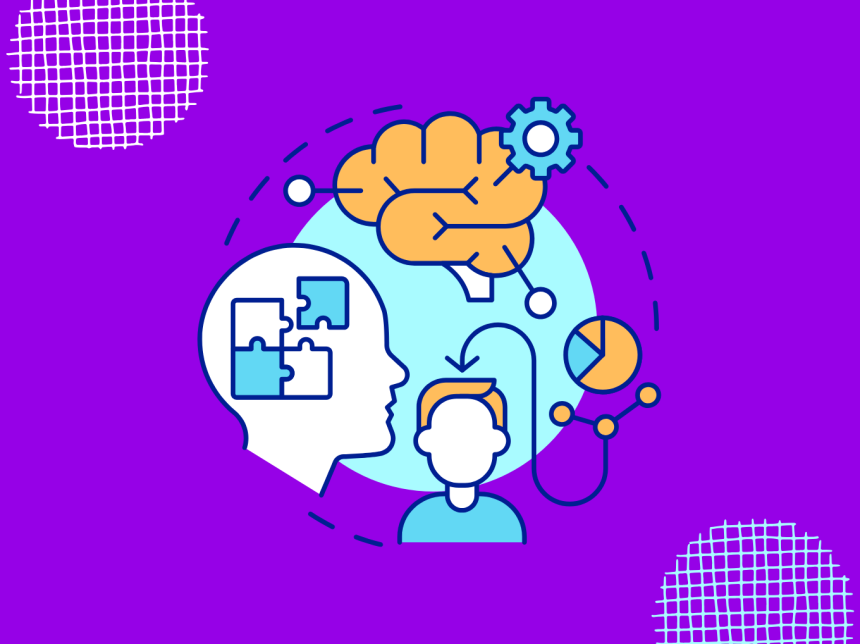
Learning Theories and Their Applications: How We Acquire Knowledge and Skills
Explore major learning theories and their applications. Discover how behaviorism, cognitivism, constructivism, and modern approaches shape education.
Why Learning Theories Matter
Learning is at the heart of human development. From childhood to adulthood, we continuously acquire new skills, knowledge, and habits. But how do we learn? And why do some teaching methods succeed where others fail?
Psychologists and educators have developed learning theories to explain the processes behind knowledge acquisition. These theories not only describe how learning occurs but also guide applications in education, workplace training, therapy, and everyday life.
This article explores the major learning theories—behaviorism, cognitivism, constructivism, humanism, and connectivism—and examines their practical applications.
Behaviorism: Learning Through Conditioning Core Principles
Behaviorism focuses on observable behavior rather than internal thought. Learning is viewed as a change in behavior driven by reinforcement, punishment, or association.
- Classical Conditioning (Pavlov): Associating a neutral stimulus with a response (e.g., dogs salivating at the sound of a bell).
- Operant Conditioning (Skinner): Behavior shaped through rewards and punishments.
Applications
- Education: Using praise or grades as reinforcement.
- Therapy: Systematic desensitization to reduce phobias.
- Workplace: Performance incentives to increase productivity.
Cognitivism: The Mind as an Information Processor Core Principles
Cognitivism arose as a reaction against behaviorism, emphasizing internal mental processes such as memory, problem-solving, and attention. Learning is understood as encoding, storing, and retrieving information.
- Learners are active participants in processing knowledge.
- Prior knowledge influences new learning.
- Cognitive load theory explains how working memory affects learning outcomes.
Applications
- Education: Concept maps, mnemonic devices, scaffolding instruction.
- Technology: Designing user interfaces that align with cognitive processes.
- Training: Breaking complex skills into smaller, manageable steps.
Constructivism: Building Knowledge Through Experience Core Principles
Constructivism suggests that learners actively construct knowledge through experience rather than passively absorbing facts. Learning is context-dependent and influenced by interaction with others.
- Jean Piaget: Cognitive development stages (children build knowledge in stages).
- Lev Vygotsky: Social constructivism, emphasizing cultural and social context.
Applications
- Project-based learning in schools.
- Collaborative learning using group discussions.
- Problem-based training in medical and professional fields.
Humanism: The Learner at the Center Core Principles
Humanistic learning theory focuses on personal growth, motivation, and self-actualization. Learning should address the whole person—intellectual, emotional, and social needs.
- Carl Rogers: Emphasized learner-centered education.
- Abraham Maslow: Hierarchy of needs influences readiness to learn.
Applications
- Student-centered teaching with flexible curricula.
- Therapy: Encouraging self-discovery and personal growth.
- Workplace training: Emphasizing motivation and well-being.
Connectivism: Learning in the Digital Age Core Principles
Connectivism is a modern theory that reflects the impact of technology and networks on learning. Knowledge is distributed across digital networks, and learning is the ability to connect with sources of information.
- Learning occurs in communities, online platforms, and digital ecosystems.
- Emphasizes lifelong learning and adaptability.
- The ability to find and evaluate information is more important than memorization.
Applications
- E-learning and MOOCs.
- Corporate training using online platforms.
- Social media as learning tools.
Comparing Learning Theories
Each learning theory offers unique strengths:
- Behaviorism: Best for skill training and behavior modification.
- Cognitivism: Effective for structured knowledge acquisition.
- Constructivism: Encourages critical thinking and creativity.
- Humanism: Supports motivation and holistic growth.
- Connectivism: Adapts learning to digital, global environments.
Applications Across Fields
1. Education
Teachers blend theories to design effective strategies:
- Behaviorist methods for classroom management.
- Cognitivist approaches for structured lessons.
- Constructivist and humanist practices for engagement.
2. Workplace Training
Organizations use learning theories to improve employee performance:
- Behaviorist reinforcement with incentives.
- Connectivist tools for global collaboration.
3. Therapy and Counseling
Learning theories underpin therapeutic interventions such as:
- Behavioral therapy for phobias.
- Cognitive-behavioral therapy (CBT) for depression and anxiety.
4. Everyday Life
Learning theories explain how we form habits, learn languages, and adapt to new technologies.
Challenges and Future Directions
While learning theories remain essential, modern challenges require adaptation:
- Overcoming digital distractions in connectivist learning.
- Balancing standardized education with individualized learning.
- Integrating neuroscience findings into educational practices.
Future approaches may blend traditional theories with insights from brain science, artificial intelligence, and personalized learning systems.
Conclusion: Learning as a Lifelong Process
Learning is not confined to classrooms—it is a lifelong journey. Theories of learning provide powerful frameworks for understanding how people acquire knowledge, but no single theory is sufficient on its own.
By combining behaviorist reinforcement, cognitivist strategies, constructivist experiences, humanist care, and connectivist networks, we can build effective systems that meet the diverse needs of learners in the 21st century.




